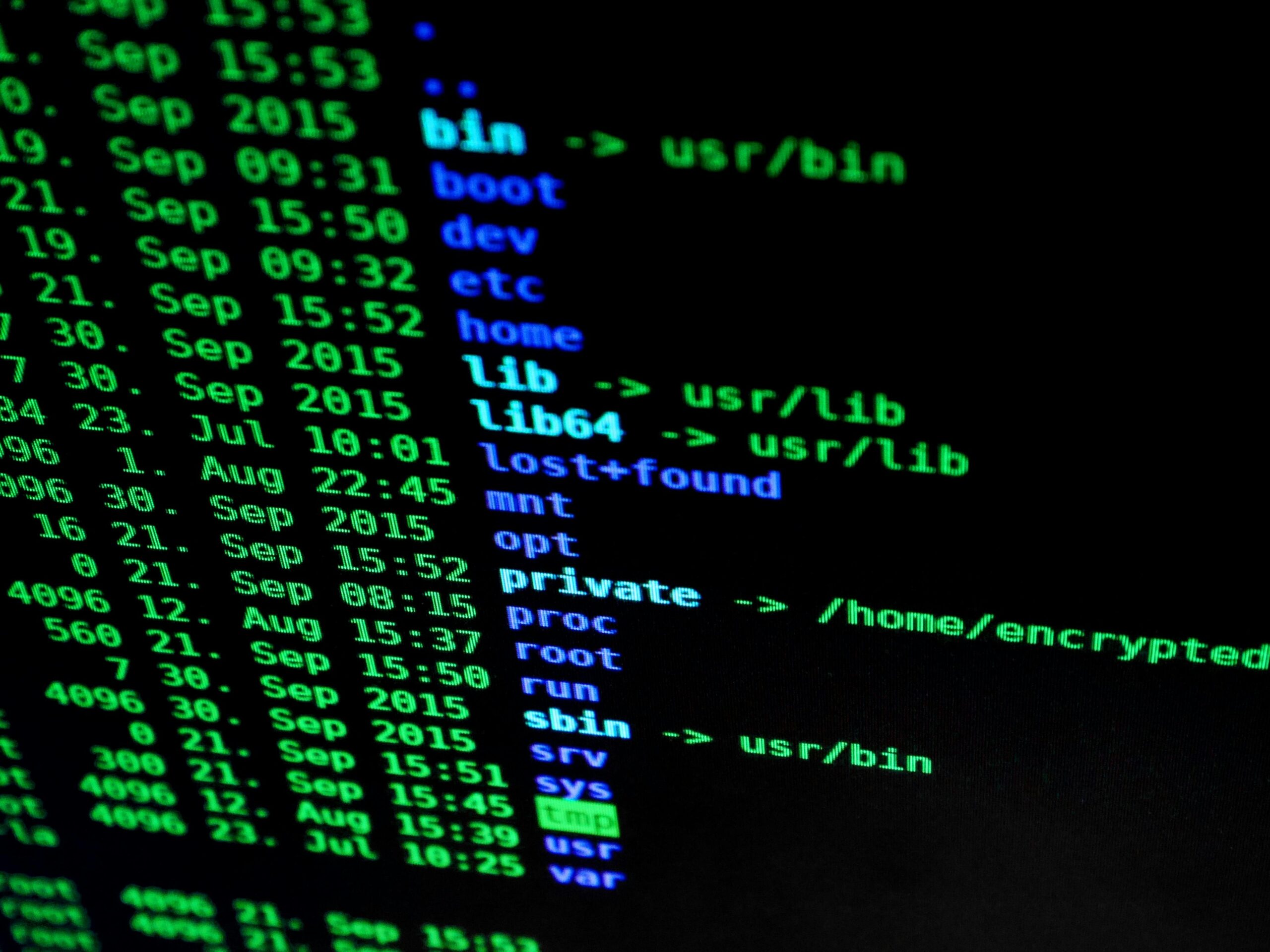Cybersecurity in the Times of Cyberterrorism: Securing the Virtual World

The term “cyberterrorism,” which was coined by Barry Collin in 1982 and refers to the use of cyberattacks to trigger harm, disrupt vital infrastructure, and incite fear, plays an essential role in today’s interconnected world because, unlike traditional terrorism, which involves physical violence, cyberterrorism occupies the digital landscape to achieve political, ideological, or financial objectives.
The Rise of Cyberterrorism
Technology has changed the face of terrorism, making the virtual world one of its new battlegrounds. Cyberterrorists may launch assaults from almost anywhere since they may conceal their identities online thanks to anonymity. They attack key infrastructure such as electricity grids, telecommunications, and banking networks, typically trying to create chaos, economic damage, or even bodily injury.
Tactics Employed by Cyberterrorists
To breach networks, cyberterrorists employ a range of strategies. The employment of harmful software, such as viruses, password sniffing, and hacking, are a few examples. Severe consequences, such as compromised data, sensitive data change, and system manipulation, may result from these techniques. Devastating effects are probable, involving millions of people and ranging from monetary losses to the suspension of vital services.
Anonymity and Communication
The anonymity of the internet protects cyberterrorists and makes their actions easier. Terrorists can use websites, social media platforms, and forums to plan operations, find admirers, and spread extremist ideology. As communication is so easy, cyberterrorism is more dangerous and difficult to combat.
Consequences of Cyberterrorism
The ramifications of cyberterrorism are extensive. Attacks have the potential to destroy vital infrastructure, leading to death, financial loss, and possibly paralysis of an area. For instance, disruptions in pharmaceutical or air traffic control systems may be fatal. Moreover, compromised data erodes public confidence in online platform security and digital system trust.
Combatting Cyberterrorism
A diversified strategy is needed to counter the danger posed by cyberterrorism. Network security requires intrusion detection systems, strong passwords, and routine system maintenance. Governments, organizations, and armed services must work together to share intelligence and develop successful cyber defence plans. Programs for education and awareness are also essential in assisting people and organizations to identify and react to cyberthreats.
Cyberterrorism is a constant and developing danger. We can guarantee the safe use of digital technology in an increasingly digital society and protect vital infrastructure by collaborating, educating, and taking proactive cybersecurity phases.




